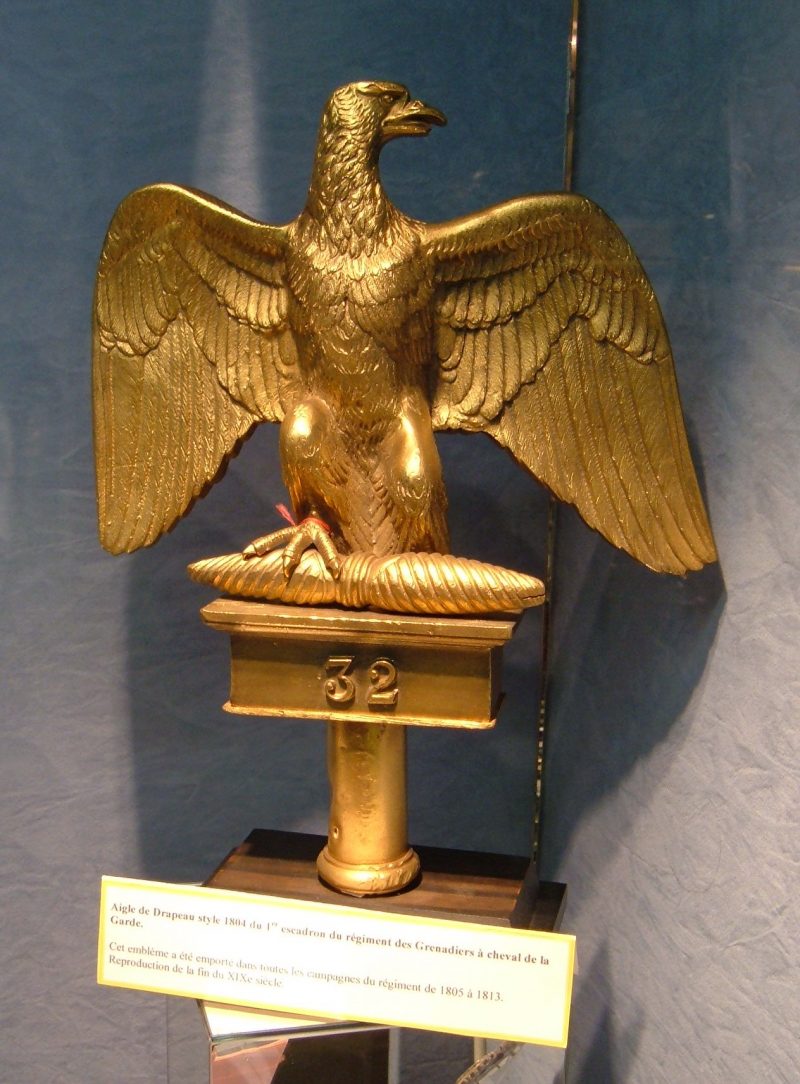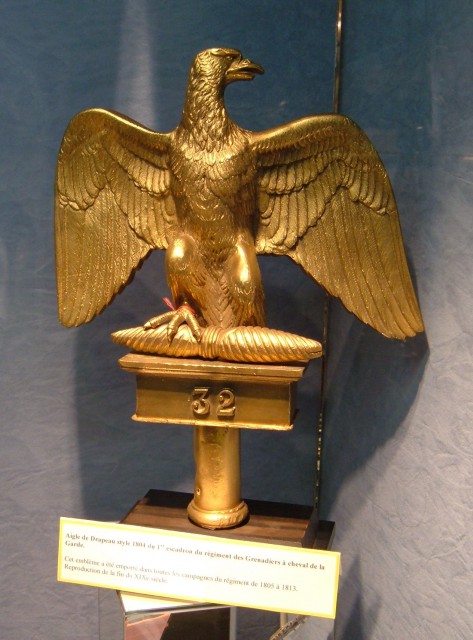200 years since the Battle of Waterloo, two French imperial eagles used by Napoleon’s troops are being recreated using 3D scans.
During the war in Europe in the early 1800s, Napoleon issued all of his regiments with gilded bronze eagles, which would lead them into battle. The eagles would be fixed to the top of the poles and they would carry the emperor’s standard.
In 1815, the British Army seized two of the eagles and took them back to London for presentation to the Prince Regent, with a message from the Duke of Wellington declaring victory for the Allies. The eagles’ journey will be re-enacted as part of the 200th anniversary commemorations of the battle which ended the 23-year war with France.
The new recreated eagles were produced by craftsmen at London gilding and decorating company, Hare & Humphreys. Based in Gray’s Inn Road near the City of London, the craftsmen took 3D scans of the original eagles, which are owned by and kept at the National Army Museum, the London Evening Standard reports.
The scans were put into a 3D printer, which created plastic copies with exactly the same dimensions as the originals.
The copies were then gilded by the craftsmen. The craftsmen have had a lot of experience working with historical and ancient objects. The company was awarded a royal warrant for its role and contribution in restoring Windsor Castle after a fire gutted parts of the castle in 1992.
The eagles were transported to London by Major Henry Percy. He arrived in London in June 1815 and took the eagles straight to the Prince Regent at St James’s Square and told him of Wellington’s troops’ victory. The eagles had been the symbols of Napoleon’s 105th and 45th regiments.
The original journey was by a fast carriage often used for sending and receiving urgent post and goods. The journey will be recreated by carriage from the English south coast in Kent to London over a weekend of commemoration, culminating in a military procession along London’s Regent Street.
Experts are amazed at the quality of the replicas created by the 3D printer. They have been gilded by hand with two coatings of 23.5 carat gold leaf. They represented military honour during Napoleon’s battles and the French troops defended them fiercely.

